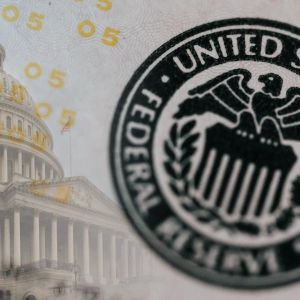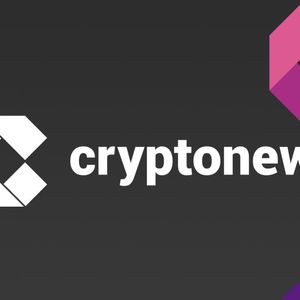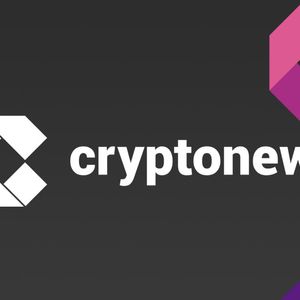The Federal Reserve is entering another week of open disagreement, with officials divided over how much to ease policy as the economy cools under President Donald Trump’s second term. According to Bloomberg, the Fed is widely expected to deliver a second consecutive rate cut this week to support a labor market that has been losing steam. But the battle lines are already drawn: the dovish side wants deeper cuts to prevent further job losses, while the hawkish camp warns that too much easing could reignite inflation. Friday’s data on consumer prices showed inflation rising at its slowest pace in three months. That provided cover for a near-term rate cut, but it didn’t offer much comfort to those worried that price pressures are still stuck. Nicole Cervi, an economist at Wells Fargo, said, “This keeps the Fed in an easing bias in October, but the underlying picture hasn’t really changed on inflation.” For now, that’s the quiet confession, nothing has fundamentally shifted. Officials weigh more cuts amid weak labor data The Fed had spent most of the year on hold, watching how tariffs and other policy changes were filtering into the economy. When hiring slumped sharply over the summer, officials cut the benchmark rate by a quarter percentage point in September and penciled in two more cuts by December. Since then, the data (pieced together from private-sector sources because of the ongoing government shutdown) has remained grim. Chair Jerome Powell told reporters earlier this month that the labor market had “actually softened pretty considerably” and highlighted “pretty significant downside risks.” That comment reinforced market expectations. Futures traders are now almost fully pricing in a quarter-point cut this week, another in December, and a third by March. Investors have already celebrated. The $29 trillion Treasury market is posting its strongest year since 2020, up 1.1% this month on expectations of more cuts. The 10-year yield has dropped below 4%, levels last seen in April, extending a rally that’s boosted everything from mortgage bonds to credit card rates. “It’s going to be very difficult to walk away from the 50 basis points priced in today for the next two meetings,” said Vishal Khanduja, who oversees fixed income at Morgan Stanley Investment Management. Stephen Stanley from Santander US Capital Markets added that “there’s been no explicit pushback at all from the leadership at the Fed.” That could change soon, though, as regional voices get louder. Hawks warn of inflation risks beyond tariffs Resistance is forming within the Fed, led by Alberto Musalem in St. Louis, Jeff Schmid in Kansas City, and Beth Hammack in Cleveland. These regional presidents argue that the bank is moving too fast. Of the 19 policymakers, 9 favored no more than one more cut this year, including 7 who preferred none at all. They supported the September cut because hiring had slowed, but they warn that the labor supply has also shrunk. With immigration falling, fewer jobs are needed to keep unemployment steady. Job growth has averaged just 29,000 a month over the past three months; low, but still roughly the “breakeven” pace to maintain balance. Those same officials now worry that price pressures are shifting beyond trade-sensitive sectors. Even though tariffs haven’t driven up prices as much as expected, new levies continue to be announced, raising fears of longer-lasting effects. Hammack, who will get a voting seat next year on the rate-setting committee, warned about services inflation, noting that non-housing core services prices have stayed above 3% year-on-year for four straight months. Other officials point to a bigger problem: inflation has been running above the Fed’s 2% goal for more than four years, and they don’t see that target being met until 2028. That’s a credibility nightmare waiting to happen. Philadelphia Fed President Anna Paulson said this month, “The stability of longer-run inflation expectations is an important testament to the credibility of monetary policy. It’s critical to finish the job and return inflation all the way to 2%.” Without fresh economic data due to the shutdown, many policymakers will likely stick to the September roadmap: two more cuts this year, and one more in 2026. Veronica Clark of Citigroup said, “There’s still a lot of division, but there won’t have been anything to really sway people either way.” Even Governor Christopher Waller, one of the first to sound alarms about slowing hiring, has recently urged caution. “Something’s gotta give,” he said. “Either economic growth softens to match a soft labor market, or the labor market rebounds to match stronger economic growth.” If you're reading this, you’re already ahead. Stay there with our newsletter .
















